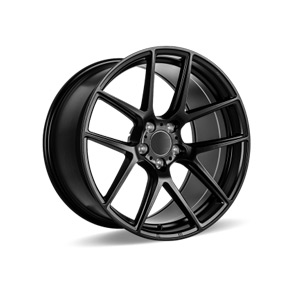go kart throttle cable linkage
Understanding Go-Kart Throttle Cable Linkage
Go-kart racing is an exhilarating sport that draws fans from all walks of life. Whether it's a weekend pursuit or serious competition, the performance of a go-kart hinges on several key components, one of the most critical being the throttle cable linkage. This article will delve into the importance of throttle cable linkage in go-karts, the mechanisms involved, and tips for maintenance and optimization.
What is Throttle Cable Linkage?
The throttle cable linkage in a go-kart serves as the intermediary between the driver’s inputs and the engine’s response. When the driver presses down on the accelerator pedal, the movement of the pedal is transmitted through the throttle cable to the carburetor or fuel injection system. This action controls the airflow and fuel mixture entering the engine's combustion chamber, effectively determining the speed and power output of the kart.
Components of the Throttle Cable Linkage
The throttle cable setup generally consists of several key components the throttle cable itself, the accelerator pedal, and the throttle body or carburetor.
1. Throttle Cable This flexible cable runs from the accelerator pedal to the carburetor. It is typically made of steel or another durable material to withstand the tension and friction associated with high-performance environments.
2. Accelerator Pedal Located at the driver’s feet, this pedal connects to the throttle cable. When pressed, it initiates the throttle opening process.
3. Throttle Body/Carburetor This component manages the air and fuel mixture. The throttle cable’s adjustment will dictate how far and how quickly the throttle body opens, directly affecting engine performance.
Importance of Proper Adjustment
go kart throttle cable linkage

Proper adjustment of the throttle cable linkage is crucial for optimal performance. A correctly adjusted throttle cable ensures timely and accurate engine response. If the cable is too loose, the management system may not react adequately, causing sluggish acceleration or delayed throttle response. Conversely, if the cable is too tight, it could lead to potential engine over-revving or even damage.
Maintenance of Throttle Cable Linkage
1. Regular Inspections Regularly check for wear and tear on the throttle cable. Look for frays, bends, or any signs of degradation. Any compromised cable should be replaced immediately to avoid failure during operation.
2. Lubrication Applying appropriate lubrication to the throttle cable can reduce friction and enhance performance. This helps in achieving smoother throttle response and prolonged cable life.
3. Tension Adjustment Ensure that the throttle cable tension is appropriate. This can usually be done by adjusting the cable at the carburetor or the throttle pedal connection. Consult the manufacturer’s specifications for the ideal tension.
4. Cleanliness Keeping the throttle mechanism clean is vital. Dirt and grime can build up around the throttle body, impeding its functionality. Regularly clean these components to ensure efficient operation.
Optimizing Performance
For enthusiasts looking to elevate their go-kart performance, considering aftermarket throttle cable linkages or performance carburetors can make a significant difference. A high-quality throttle cable can offer better response times and durability, helping in competitive settings where every millisecond counts.
Conclusion
The throttle cable linkage is a fundamental aspect of go-kart performance, playing a vital role in how quickly and efficiently the engine responds to driver input. Proper maintenance, adjustment, and understanding of the components involved can lead to enhanced performance and a more enjoyable racing experience. Whether you're a casual rider or a dedicated racer, paying attention to this often-overlooked element can provide a competitive edge on the track. As you gear up for your next race, consider the intricacies of your go-kart’s throttle cable linkage—it might just be the key to crossing the finish line ahead of the pack.
-
Workings of Clutch Pipe and Hose SystemsNewsJun.04,2025
-
The Inner Workings of Hand Brake Cable SystemsNewsJun.04,2025
-
The Secrets of Throttle and Accelerator CablesNewsJun.04,2025
-
The Hidden Lifeline of Your Transmission Gear Shift CablesNewsJun.04,2025
-
Demystifying Gear Cables and Shift LinkagesNewsJun.04,2025
-
Decoding Clutch Line Systems A Comprehensive GuideNewsJun.04,2025
